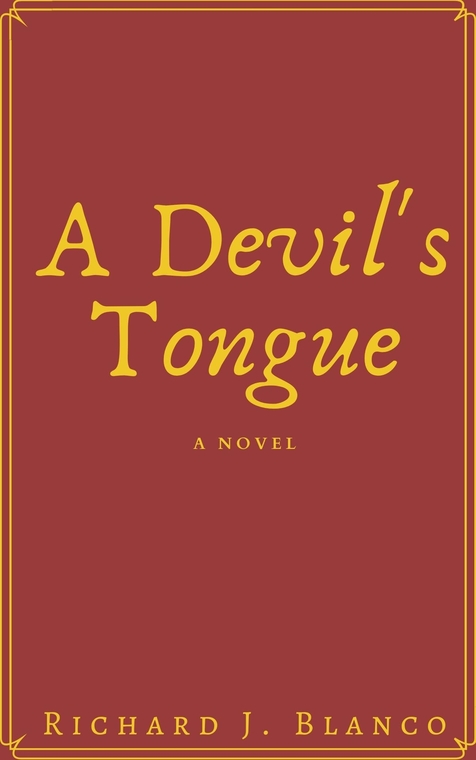A young man on a dangerous road with one end in sight finds a final chance at redemption in A Devil’s Tongue by author Richard J. Blanco. Readers are brought into the juvenile yet unexpectedly mature mind of Robert, a young man who has seen far too much already in his young life, in this heartbreaking story of second chances.
The traumatic premise of this novel gives it a harder and more visceral edge than other stories of kids going down a dark path and finding salvation. Watching Robert attempt to be “normal” while wading the waters of addiction and substance dependence is harrowing, and Blanco does an excellent job of teasing out his protagonist’s buried pain and struggle within this hectic, fast-paced plot.
From awkward fumbling of early romance in a digital age to the stereotypical behavior of underage drinking at an unplanned house party, this reads like an accurate snapshot of wild modern youth, but there is always a shadow of something more beneath the surface. After much of the book is spent showing the inevitable spiral and the increasingly dangerous choices of a young man with no prospects, but plenty of energy, there is a turn towards a brighter future, and the internal conflicts that come with such a change.
Many adults will relate to these watershed moments, while YA readers can benefit from seeing this kind of light at the end of the tunnel. Dark as some moments may be, this is a painfully recognizable story for countless people who have experienced and persevered through great loss and pain. Even the banal moments are a poignant reflection of life – uninteresting choices can lead you down disparate paths, and the depiction of life’s universal slippery slopes is particularly well conveyed throughout the novel.
There is a casual style to the narrative voice, full of self-referential questions and inner monologue mixed with more distant narration. At times, the reader may feel led around by the nose through every inch of Robert’s psyche, which isn’t always pleasant. Stream of consciousness writing works in many sections, but at others the mental flow of the writing feels tangential and disconnected. The story depicts the reckless behavior and mindset of youth in gruesome detail, but telling that story accurately doesn’t mean the language has to suffer.
Certain elements of adolescent life are less compelling than others, and some moments could be left cut with greater effect. The dialogue is also occasionally awkward and unnatural, but there is a particular cadence to the way teenagers speak, and Blanco captures it for the most part – rough and abbreviated and savagely functional. On a purely technical critique, there are numerous grammatical errors, misspellings, incorrect prepositions and other sloppy elements that could be readily cleaned up by a diligent edit.
These criticisms aside, the authenticity of the priorities and the pacing make it truly feel like the protagonist is the narrator, rather than an author emulating a troubled youth. The novel feels genuine throughout, as though ripped from a journal, making A Devil’s Tongue a heart-wrenching but ultimately inspiring read.
Book Links
STAR RATING
Design
Content
Editing
Get an Editorial Review | Get Amazon Sales & Reviews | Get Edited | Get Beta Readers | Enter the SPR Book Awards | Other Marketing Services























Leave A Comment